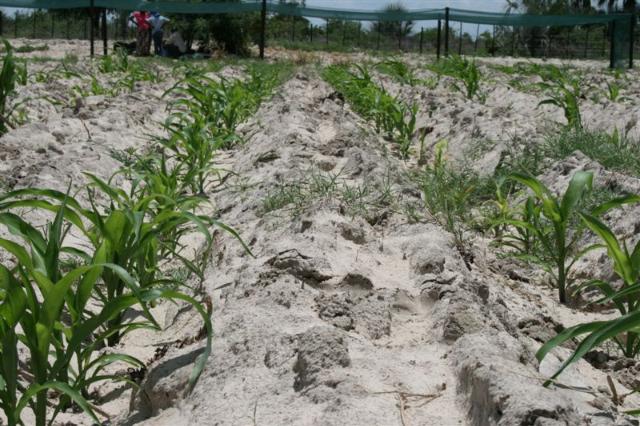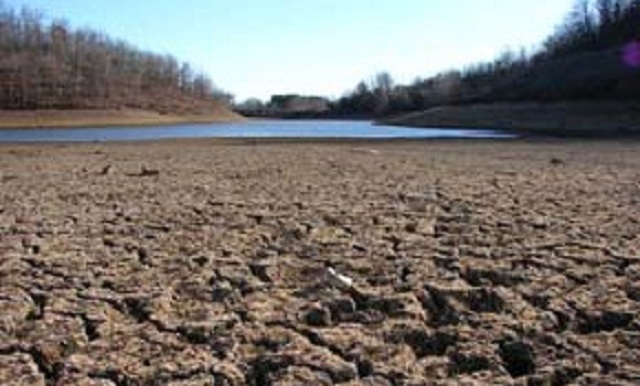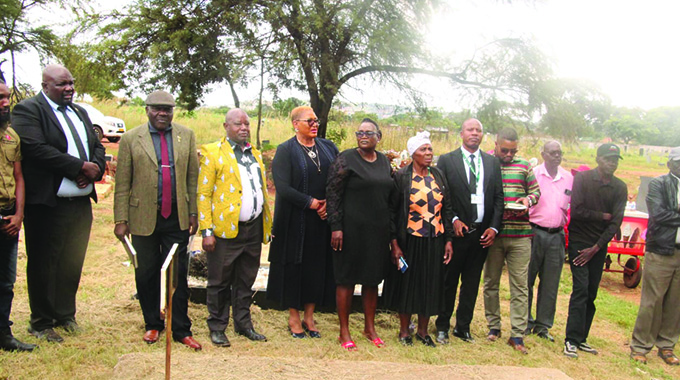Rural food insecurity set to worsen

Nqobile Tshili, Chronicle Correspondent
FOOD insecurity levels are rising in rural areas and are expected to reach 42 percent by the end of March next year, the worst of its kind since 2009.
About 4 million people in rural areas of Zimbabwe will need food aid between January and March next year and the Government intends to conduct another food assessment in urban areas to determine food requirements for city dwellers.
According to the Zimbabwe Vulnerability Assessment Committee (Zimvac) 2016 Rural Livelihoods Assessment survey, food shortages in rural areas will continue to worsen until the beginning of the next harvesting season.
Zimvac’s 2016 survey revealed that hunger levels increased from six percent between April and June to 23 percent from July to September.
The figures are expected to go up to 35 percent by the end of December before shooting up to 42 percent by March next year, leaving millions in need of food aid.
“Rural food insecurity for the period April to June 2016 was estimated at 6 percent and is projected to reach 42 percent during the peak hunger period (January to March 2017). This is the highest rural food insecurity prevalence estimated since 2009. As expected, there is a progressive increase in the proportion of food insecure households as the consumption year progresses towards the peak hunger period,” reads the report.
“The 2015/16 and 2016/17 have been consecutive poorest consumption years since 2009,” the report further states.
Zimvac said the El-Nino induced drought was the major factor increasing food insecurity levels.
“There is an inverse relationship between levels of cereal crop production and food insecurity. When crop production is low, levels of food insecurity are high and vice versa which demonstrates the significant impact of cereal harvest on the food access in the majority of rural households in the country. Cereal production during the previous El-Nino years (2002 and 2008) at around 600 000 metric tonnes is comparable to that for 2016,” reads the report.
Matabeleland North’s Binga and Umguza districts are among the severely affected areas as food insecurity is expected to reach 79 and 75 percent of the population respectively.
Matabeleland South’s Matobo District is the only district from the region falling in the cluster of those with the lowest food insecurity levels.-@nqotshili











Comments